11 Classic Chevrolet Cars Collectors Still Hunt For
Collectors continue to chase classic Chevrolet models because these cars shaped decades of American automotive style and performance. Many of them stand out through memorable design, strong engines, and a sense of history that still draws interest today. From iconic sports cars to beloved family cruisers, these Chevrolets remain favorites among enthusiasts who enjoy both the story and the drive that each car offers.
This post may contain affiliate links, which helps keep this content free. Please read our disclosure for more info.
1953 Chevrolet Corvette C1 Roadster
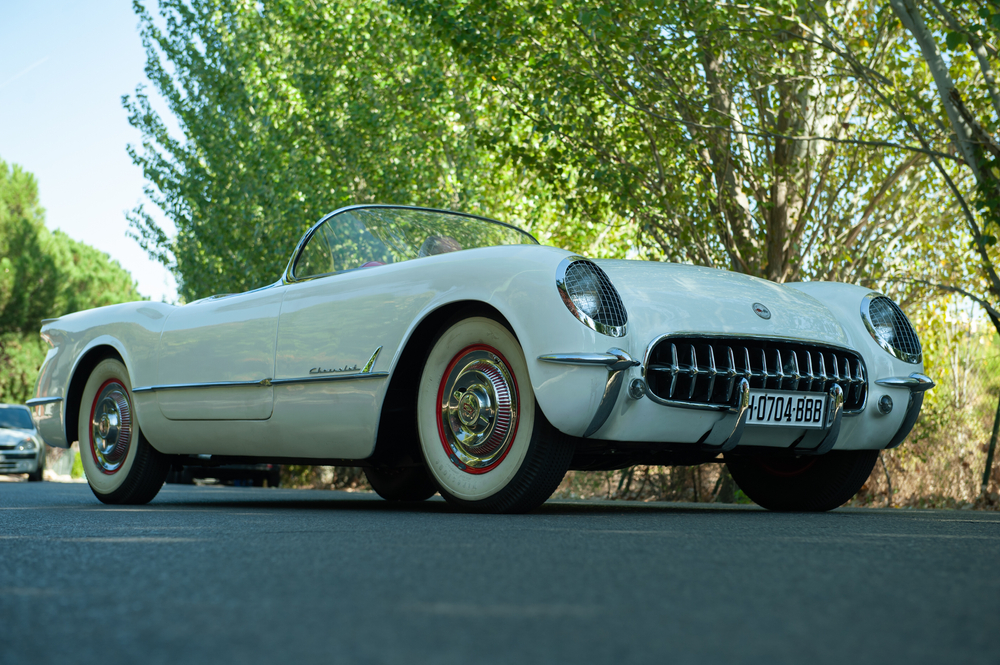
The very first Corvette is where the legend starts, and collectors know it. The 1953 model came with a fiberglass body, a clean two-seat layout, and a Blue Flame inline six that may not feel wild today, but was a big statement from Chevrolet at the time. Only 300 units were built, which makes this car rare on top of being historically important. When a collector buys a 1953 Corvette, that person is buying the beginning of an entire sports car line. The mix of low production, early Corvette styling, and its place in American car history keeps demand strong.
Beyond the specs, the 1953 Corvette feels special because it shows Chevrolet taking a real chance on a pure two-seater. The car looks like something straight from a period magazine, with its polo white paint, red interior, and wire wheel covers. Collectors see this car as a centerpiece for any Chevrolet-focused garage. People who own one usually pamper it, which explains the high prices when one crosses an auction block.
1963 Chevrolet Corvette Sting Ray Split-Window Coupe

The 1963 Sting Ray with the split rear window is one of the most recognizable Corvettes of all time. It introduced a sharper, more aggressive body that still looks modern in many ways, with hidden headlights and crisp lines. That one-year split rear glass design was dropped for 1964, which turned the 1963 coupe into a must-have for collectors. Under the hood, buyers could choose strong small-block V8 engines that gave real performance for the era. As a result, this model blends design, rarity, and performance in a way that collectors appreciate.
Collectors also love how the split-window Corvette looks on display. The divided rear glass gives the car a slightly futuristic and almost concept car feel for its time. Interior details such as the dual cowl dash and deep bucket seats create a sense of occasion every time the driver sits inside. For fans of mid-century style and American performance, the 1963 Sting Ray coupe checks every box, which keeps it high on collector wish lists.
1969 Chevrolet Yenko Camaro
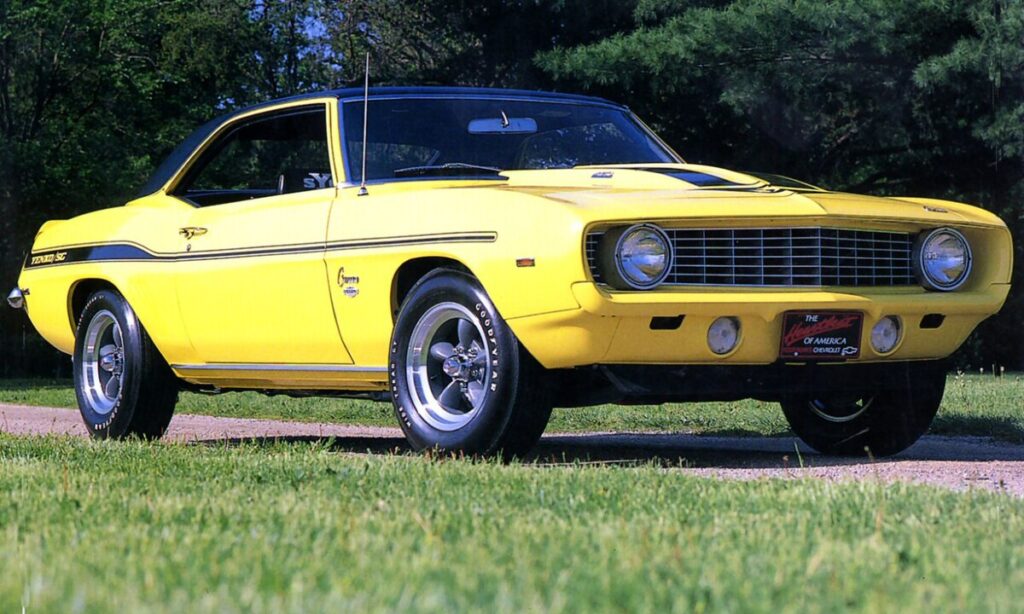
The Yenko Camaro story adds a dealer-tuned twist to the COPO idea. Don Yenko used the COPO system to secure 427-powered Camaros, then added his own touches, such as graphics, badges, and minor performance tweaks. The result was a series of cars that combined factory muscle with a tuner shop feel. Collectors cherish real Yenko cars for their rarity and the strong Yenko brand history tied to racing and performance.
Visually, a Yenko Camaro stands out with its stripe package and unique badging, which gives it a more aggressive look than a standard Camaro. Collectors value correct paint schemes, original engines, and authentic Yenko documentation. These cars sit in a special corner of the Chevrolet world where factory engineering and dealer creativity meet. Prices for genuine Yenko Camaros reflect their special status, so they remain high-priority targets for serious collectors.
1957 Chevrolet Bel Air Sport Coupe

The 1957 Bel Air is one of the most iconic American cars, and the two-door hardtop Sport Coupe sits at the top of many collections. Its fins, chrome trim, and two-tone paint options define the look of the late fifties in many people’s minds. The car could be ordered with Chevrolet’s small block V8 and even fuel injection in some cases, giving it serious performance for the time. Collectors prize original cars with correct trim, brightwork, and period colors. When restored well, a 1957 Bel Air draws attention at any show.
For many collectors, the Bel Air also carries family memories and pop culture history. It appeared in movies, music, and advertising, which helps its image stay strong. Owners enjoy how easy it is to personalize the car with wheels, mild suspension changes, or interior updates while still respecting the original design. This mix of nostalgia, style, and performance keeps the 1957 Bel Air at the top of Chevrolet wish lists around the world.
1955 Chevrolet Bel Air Nomad

The Bel Air Nomad takes all the charm of the tri-five Chevrolets and adds a sleek wagon body. With its slanted rear pillars, two-door layout, and generous chrome trim, the Nomad stands apart from ordinary family wagons of the time. Collectors love the way it blends utility with style, making it both practical and glamorous. Under the hood, the Nomad could share the same V8 engines as other Bel Air models, so it delivers decent performance along with its good looks.
Because fewer Nomads were built compared to sedans and coupes, they are harder to find today. Restoring one can be a serious project due to the unique rear body panels and trim, which only adds to the appeal when a clean example appears. Collectors who own a Nomad often see it as a centerpiece of a tri-five Chevrolet lineup. The car has become popular at vintage car shows and continues to draw enthusiasts who like something a little different from the typical coupe.
1961 Chevrolet Impala SS 409

The early sixties Impala SS with the legendary 409 V8 is a favorite for both muscle car and full-size car fans. The 409 engine gained fame through songs and drag strip wins, and it gave the Impala real performance credentials. The 1961 body style features clean lines, restrained chrome, and that distinctive bubble top roof on some models, which collectors find very appealing. When combined with an SS package and the big V8, the car becomes a highly desirable piece of Chevrolet history.
Collectors hunt for genuine 409 cars with good documentation, original interiors, and correct trim. These cars represent a key point where Chevrolet’s full-size models went from simple cruisers to serious performance machines. The Impala SS 409 balances comfort and speed, which makes it enjoyable to drive on modern roads. Many collectors view it as a bridge between classic fifties style and the muscle car explosion that followed.
1964 Chevrolet Impala Sport Coupe
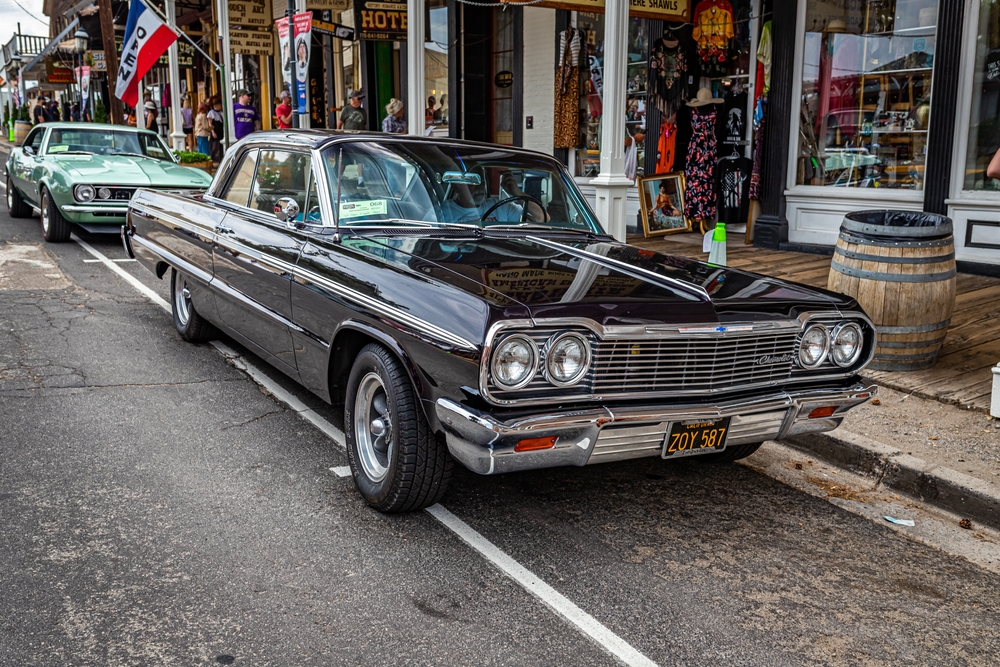
The 1964 Impala marks the last year of that first famous Impala body era, with smooth sides and a refined version of the earlier styling. It became especially popular as a cruiser and later as a lowrider icon, which deepened its cultural footprint. Collectors look for clean sport coupe models with original trim and well-preserved interiors, since good examples show off the design in the best way. The car could be had with a range of V8 engines from mild to strong, so buyers could choose the personality they wanted.
Beyond pure specs, the 1964 Impala holds a special place in music and street culture. Its presence in songs and videos helped cement it as a symbol of style and pride. Collectors appreciate that connection as much as the chrome and sheetmetal. A well-kept 1964 Impala often sits at the center of a collection that values both history and personal expression.
1970 Chevrolet Chevelle SS 454
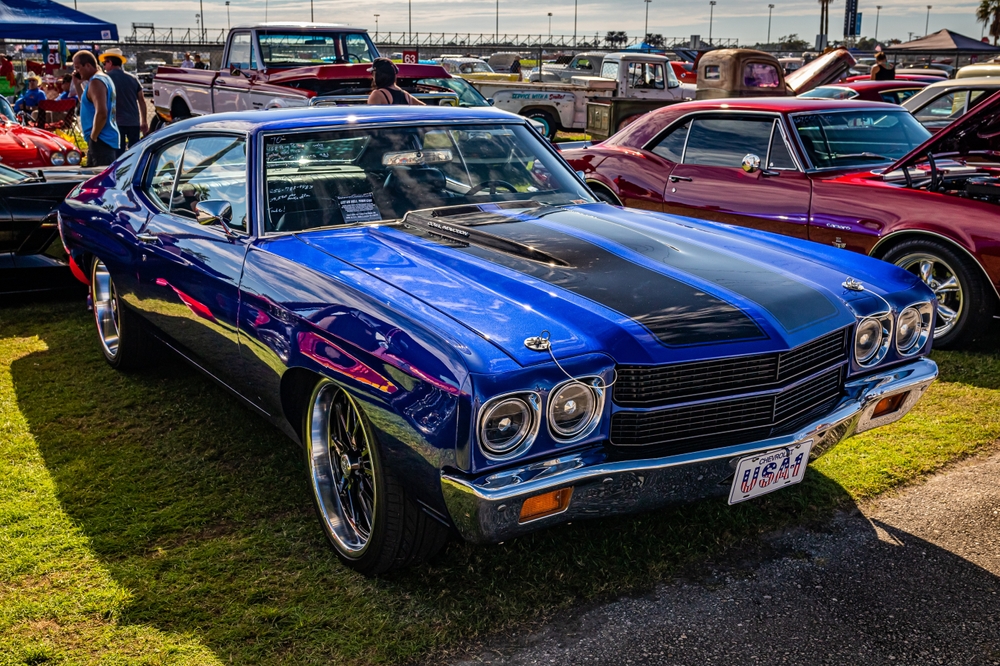
The 1970 Chevelle SS 454 is one of the most famous muscle cars, known for its big block torque and aggressive look. With the LS6 version, the 454 engine offered some of the strongest factory power figures of the muscle era. The car’s cowl induction hood, twin stripes, and wide stance signal its capabilities even when parked. Collectors prize original LS6 and LS5 cars with matching numbers and correct SS trim, since many regular Chevelles have been turned into replicas over the years.
For collectors, the Chevelle SS 454 represents peak muscle car energy before emissions rules and insurance rates started to change the scene. The interior is simple but driver-focused, and the car feels strong and direct on the road. Many owners enjoy the mix of straight-line performance and everyday practicality that comes with a mid-size body. This blend of power, style, and historical timing explains why the 1970 Chevelle remains a high priority for Chevrolet fans.
1966 Chevrolet Chevelle SS 396

Before the 454, there was the Chevelle SS 396, which introduced many fans to the idea of a big block engine in a mid-size Chevrolet. The 1966 model year brought a sleek new body with a wide grille, sculpted sides, and a slightly more refined look compared to earlier Chevelles. Under the hood, the 396 cubic inch V8 was available in several power levels, making the car flexible for different buyers. Collectors enjoy finding factory SS cars with original drivetrains and desirable four-speed transmissions.
The 1966 Chevelle SS 396 has a strong presence at shows and cruise nights. It offers plenty of power without feeling too extreme, which makes it enjoyable on regular roads. Many collectors see it as a perfect partner to the more wild 1970 SS 454, and some aim to own both. Its place early in the muscle car timeline, combined with its clean styling, keeps it in steady demand.
1967 Chevrolet Camaro RS SS
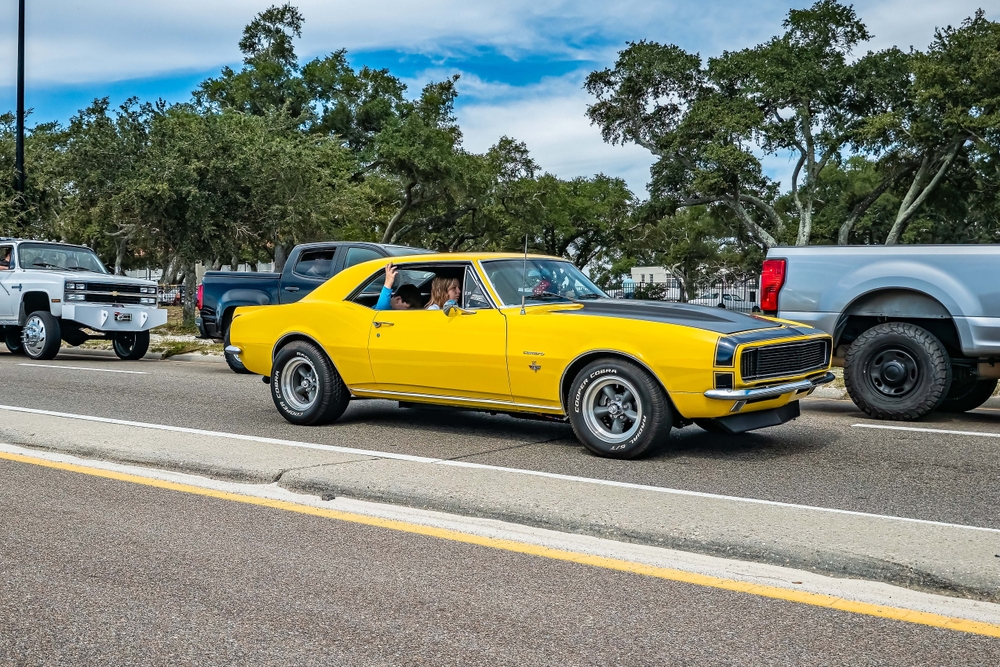
In the first year the Camaro arrived in 1967 to challenge the Ford Mustang, collectors pay close attention to these early cars. The RS SS combination gave the car both a sporty appearance package and strong performance options. Hidden headlights, rally wheels, and special trim help the RS cars stand out, while SS models feature stronger V8 engines and performance hardware. When both packages are present on one car, it becomes especially appealing to collectors.
Enthusiasts enjoy how the 1967 Camaro drives, with a balance of compact size and strong power. The interior feels driver-focused with deep bucket seats and a simple gauge layout. Collectors often look for original colors and rare options, since these details can make a car more interesting and valuable. As the start of the Camaro story, the 1967 RS SS sits high on many collector shopping lists.
1969 Chevrolet Camaro Z/28
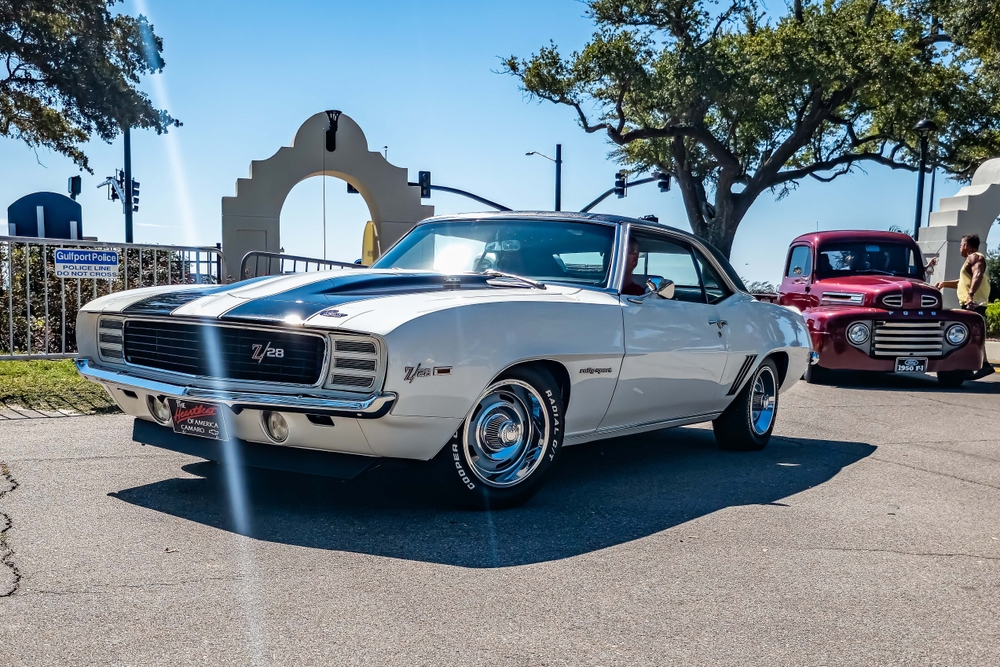
The 1969 Z/28 was built with road racing in mind, and that purpose shows in how the car feels and performs. Its high-revving 302 cubic inch V8, close ratio four speed, and available cowl induction hood made it a favorite among drivers who appreciated handling as much as straight line speed. The 1969 body refresh, with its stronger lines and updated front end, is often seen as the best-looking first-generation Camaro. Collectors search for real Z/28 cars with correct engine codes and trim details.
Many enthusiasts love the Z/28 for its balance. It is quick, responsive, and feels alive at higher revs, which suits spirited driving. Collector interest remains strong because these cars connect directly to the days of Trans Am racing. When a genuine 1969 Z/28 appears for sale with the right documentation, it usually draws serious attention from Camaro fans.
This article originally appeared on Avocadu.
